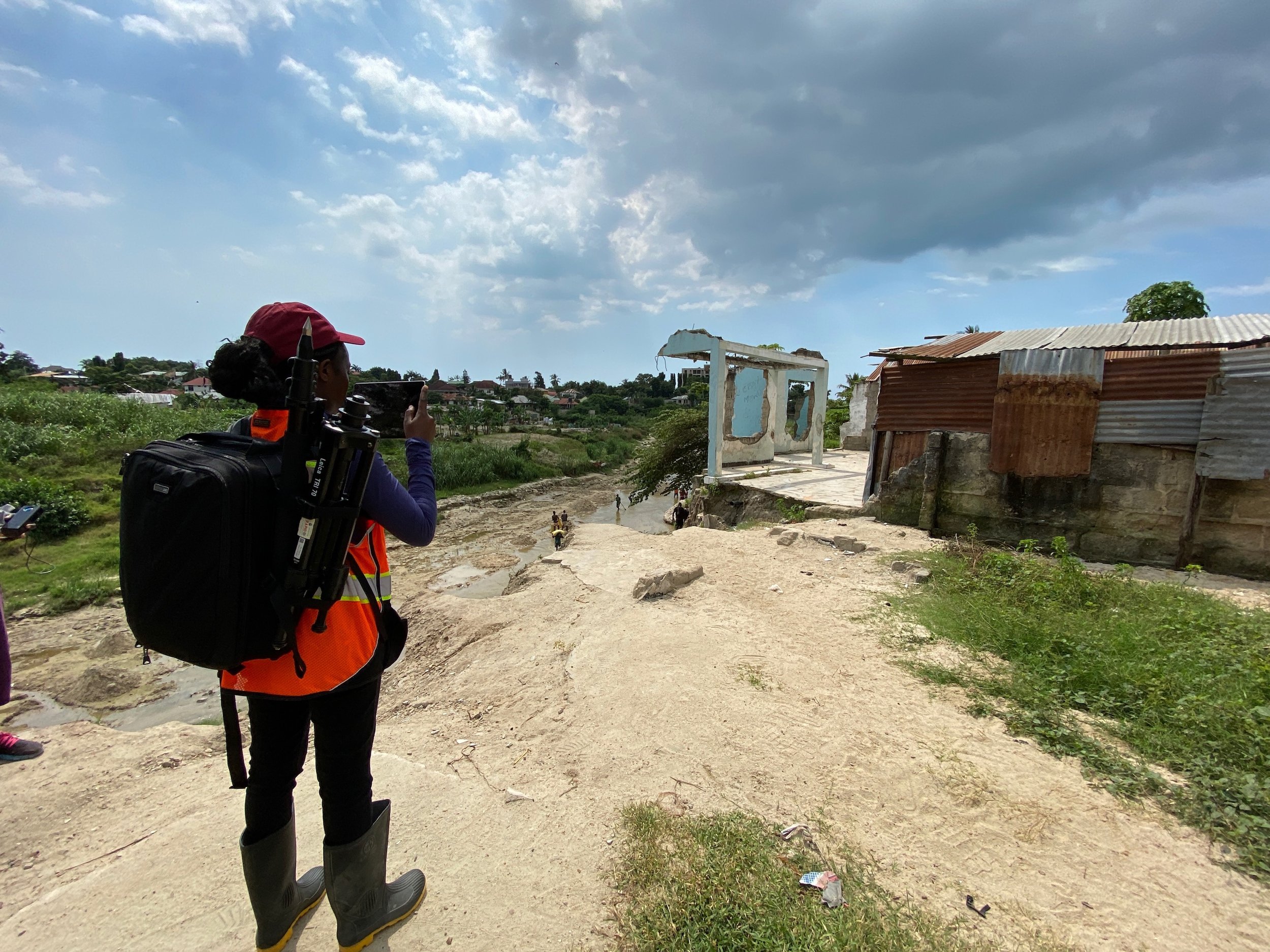
RApp
RApp is a mobile app that provides tools for coordinating and conducting natural hazard and disaster field reconnaissance.
Data and metadata collected with RApp automatically sync to the cloud-based infrastructure, DesignSafe, and are securely encrypted end-to-end. Rapp supports the collection of photos, video, audio, notes, scans, markers, and questionnaires — even without network connectivity.
Content on RApp can be configured via the web app Mission Control. Content like checklists and questionnaire templates configured in Mission Control will automatically be synced to RApp.
A DesignSafe account is required to use RApp and Mission Control.
RApp Start Screen
RApp Menu Screen
RApp Workflow
Mission Control
RApp First Steps
Mission Control is used to configure certain RApp content, like checklists and questionnaires, and to review data after collection. Content and data is automatically synced between Mission Control and RApp.
In Mission Control:
Data can be viewed on an interactive map in the Assets > Map section
Metadata can be displayed and downloaded in the Assets > Metadata section
Questionnaires can be viewed and downloaded in a Assets > Questionnaire Viewer section
The quick start guide highlights the steps needed to collect and sync field data.
RApp Quick Start Guide
RApp Lite is a streamlined version of RApp for smartphones. RApp Lite contains many of the same features as RApp, with a modified user-interface optimized for one-handed functionality. Currently, RApp Lite is available for iOS (Apple), and an Android version is in development.
Data collected with RApp is automatically synced to DesignSafe and will appear in the project selected in RApp. Once data has been collected and synced, the files will be available on DesignSafe in a directory named “RApp” under the specified Project. Content created by RApp can be analyzed and processed with a variety of tools within DesignSafe, including HazMapper.

